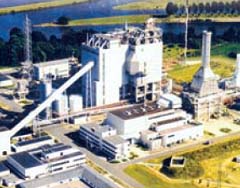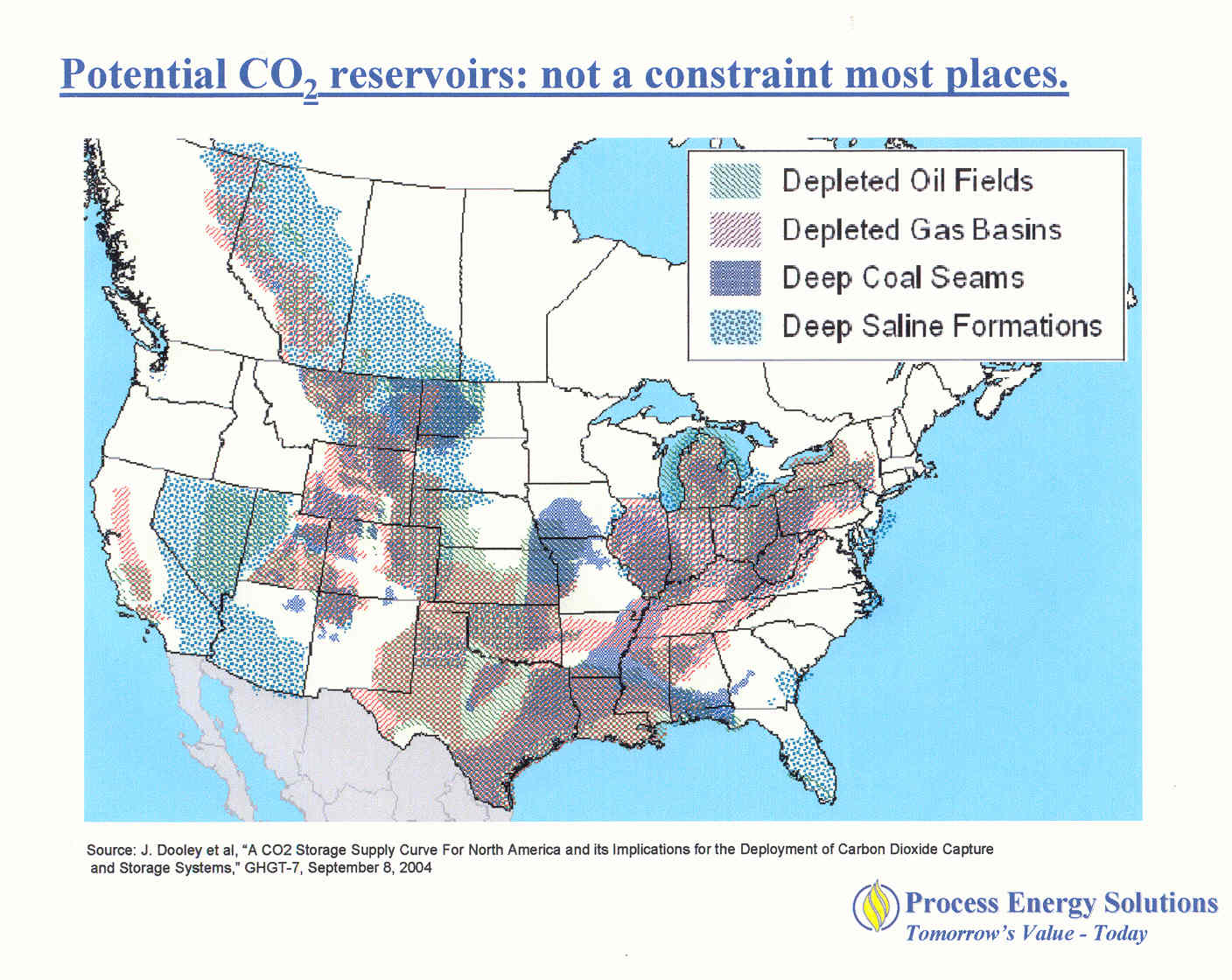Exclesior/Mesaba rolls over
September 23rd, 2006
Just an aside, the PolyMet Letter of Intent to buy a lot of land near the Mesaba “East site” does not include the land or the infrastructure of the Mesaba “East site.” “There’s plenty of room for Mesaba.” OK, here we go…
Sit! Speak! Roll over! Xcel pushes and Excelsior rolls over.
Thursday wasn’t only about the CapX2020 transmission lines from hell. Right after that, we moved on to a Motion Hearing on the Excelsior Power Purchase Agreement. You can find most of the filings at our site at www.mncoalgasplant.com.

Xcel had asked the ALJ to Order Excelsior to comply with the Protective Order (here’s the scoop on that! We won, and got access.) Xcel’s problem is that it can’t get at info it believes it should be able to get. They argued the same things I’d argued before, that the Order is way overbroad and doesn’t work like a Protective Order should, and instead reverse the burden and Excelsior should have to demonstrate why very NARROW parts of the information should be non-public. I raised issues here too, because the reality of that Protective Order is that it … well, it isn’t arbitrary… it’s targeted… and it applies only to mncoalgasplant.com. There are three participating parties who are non-utility and non-power producer parties, but for some odd reason, we’re the only ones who have to demonstrate need — even though the Order says that non-utility and power producer parties SHALL NOT have access to non-public information unless they demonstrate need, and the Order has a specific procedure for those who want other treatment. It turns out Excelsior has been sending the non-utility intervenors all the info, and then the other day, one of the non-utility Intervenors served pleadings, ones containing non-public references that they were not supposed to have access to, and then they served the other parties and didn’t serve us! TWO violations of the protective order. And they were not at the table for the discussion Thursday. Hmmmmmm…
Anyway, the day before the hearing, Excelsior produces large amounts of data as “public” and so most of the PPA Petition is now public. As for the Dsicovery, most of that will be made public too, and they’re “working on it” and there are two things I want made public, focusing on costs because we’re in a cost docket here:
1) Infrastructure costs: Rail; Roadways; Transmission – Generator Outlet and Network System Upgrades; Water – Water supply and intake, Water conveyance, Water Outfall (all), Wastewater treatment; Gas Pipeline. If the public knew the full costs of this project, and if the public knew how much of the infrastructure was to be paid by Excelsior, and how much was to be paid by “NON-EXCELSIOR,” they’d see this is a shifty project — as Xcel argues, the risk, the costs, are being shifted away from Excelsior to someone, anyone else!
2) CO2 capture and sequestration costs. This project is touted as “capture ready” but all that means is that the flanges are on whatever parts, ready to accept equipment, right? What does it cost to actually capture CO2? What’s the efficiency loss? What percentages capture and cost for each? What does it cost to transport it to wherever, all costs included? What does it cost to sequester it — land acquisition or lease or whatever, equipment? If they want to tout “CO2 benefits,” we will look at costs.
If the public knew the costs, they wouldn’t be able to get away with this. There’s no CO2 benefit to this project. It’s not workable. It’s not feasible. And the argument that “it’s too early to know if it’s feasible” is a lie, we know full well it ISN’T happening here, we know it CAN’T happen here, and we know it costs so much it won’t happen HERE, or ANYWHERE ELSE, so let’s just have a little honesty here. Let’s get the information out into the public, and let’s stop this “IGCC is the way,” and “IGCC is good with capture and sequestration,” because we know enough to know it isn’t.
For those interested in sequestration, they should talk with my client Nancy Prehn, who lives on the gas dome in Waseca, where they store 7 BILLION c.f. of gas underground, under 10 suare miles, under 8,400 acres. This is the only natural gas storage in Minnesota and it is Minnesota’s best kept secret. Read “Gas Migration: Events Preceding Earthquakes” by Khilyuk, Chilingar, Endres and Robertson. You can get it at www.abebooks.com, just search for “Gas Migration.”

Gas moves around, so don’t expect it not to! Injection also has an impact on water — ask Nancy about her water when they’re injecting, and there was a woman in National Geographic showing the impacts of injection on her water! YUCK! Now, granted migrating CO2 won’t have the same impact as migrating natural gas, BOOM, downtown Hutchinson and a trailer park on the edge of town blew up. Google Hutchinson and gas. Here’s a link for a video! The association of gas migration with faults was demonstrated not long ago in Oklahoma, where gas was burbling up in a river along a fault. Here’s my prior post on that.
CO2 doesn’t go BOOM. But if it won’t say where it’s put, what’s the point?
Sequestration map again, and remember this is POTENTIAL, not real:

Carbon capture and sequestration:
1) It’s costly beyond belief, and we know roughly the costs and of course those touting it won’t talk about it! Because to talk about it is to admit it and know it’s not feasible.
2) Sequestration could/might be done in only a few places, none of which are anywheres near here — see map above. Pretending it is physically and economically possible to sequester is against evidence here in Minnesota.
3) Gas migrates and sequestration has seismic and hydrologic impacts. Has no one paid attention to the water problems in Wyoming?
Let’s not be delusional about capture and sequestration. From Excelsior’s delusional and illusory “capture potential” “benefits” to enviros “IGCC is great if we capture and sequester” –it’s nonsense — we know better.
The real question is: WHAT ARE YOU DOING TO STOP GENERATION OF CO2? If you look at the BSII in South Dakota, that answer is: “Not much!” All the CO2 talk in the world will only generate more CO2 if the talk isn’t effective in stopping construction of new coal plants.
To see the great water photo, go here to National Geographic’s Mulitmedia tab, and select “Drilling the West” and see “Bad Water.”
Leave a Reply